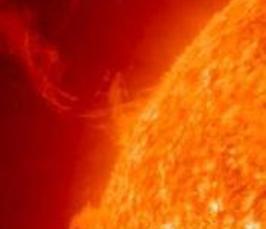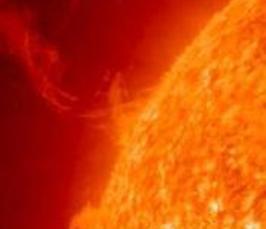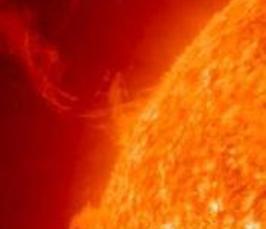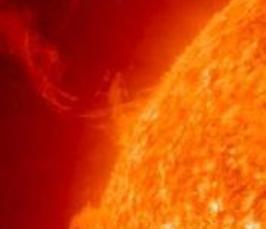Observational precursors of large solar flares provide a basis for future operational systems for forecasting. We studied the evolution of the normalized emergence (EM), shearing (SH), and total (T) magnetic helicity flux components for 14 flaring (with at least one X-class flare) and 14 nonflaring (<M5-class flares) active regions (ARs) using the Space-weather Helioseismic Magnetic Imager Active Region Patches vector magnetic field data. Each of the selected ARs contain a δ-type spot. The three helicity components of these ARs were analyzed using wavelet analysis. Localized peaks of the wavelet power spectrum (WPS) were identified and statistically investigated. We find that (i) the probability density function of the identified WPS peaks for all the EM/SH/T profiles can be fitted with a set of Gaussian functions centered at distinct periods between ∼3 and 20 hr. (ii) There is a noticeable difference in the distribution of periods found in the EM profiles between the flaring and nonflaring ARs, while no significant difference is found in the SH and T profiles. (iii) In flaring ARs, the distributions of the shorter EM/SH/T periods (<10 hr) split up into two groups after flares, while the longer periods (>10 hr) do not change. (iv) When the EM periodicity does not contain harmonics, the ARs do not host a large energetic flare. (v) Finally, significant power at long periods (∼20 hr) in the T and EM components may serve as a precursor for large energetic flares.
[mehr]



